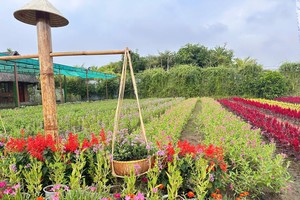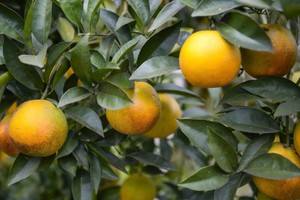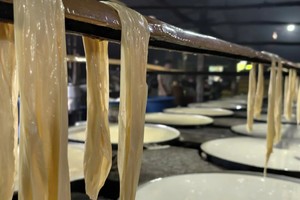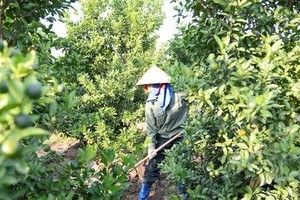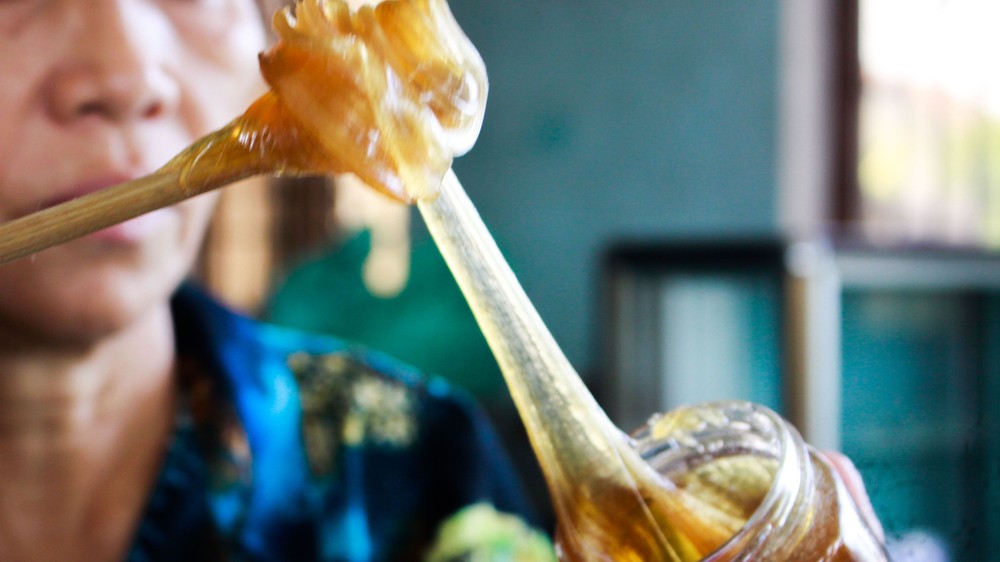
Over a hundred years, the malt syrup-making profession has gradually faded away; however, in some villages, a few people still diligently "keep the fire" for the craft.
Tran Thi Kim Hong, 62, from Duc Hoa Commune, Mo Duc District, Quang Ngai Province, is the fourth generation in her family to maintain the traditional malt syrup-making craft.
Hong said, “In the past, the malt syrup-making profession was famous, so all over Mo Duc District, such as Duc Tan, Duc Hoa, and Duc Thanh communes, there were villages making malt syrup. Faced with market competition, many new industries have emerged, and the malt syrup-making profession has gradually faded away. Nevertheless, my family and I still keep the craft, preserving the traditional flavor."
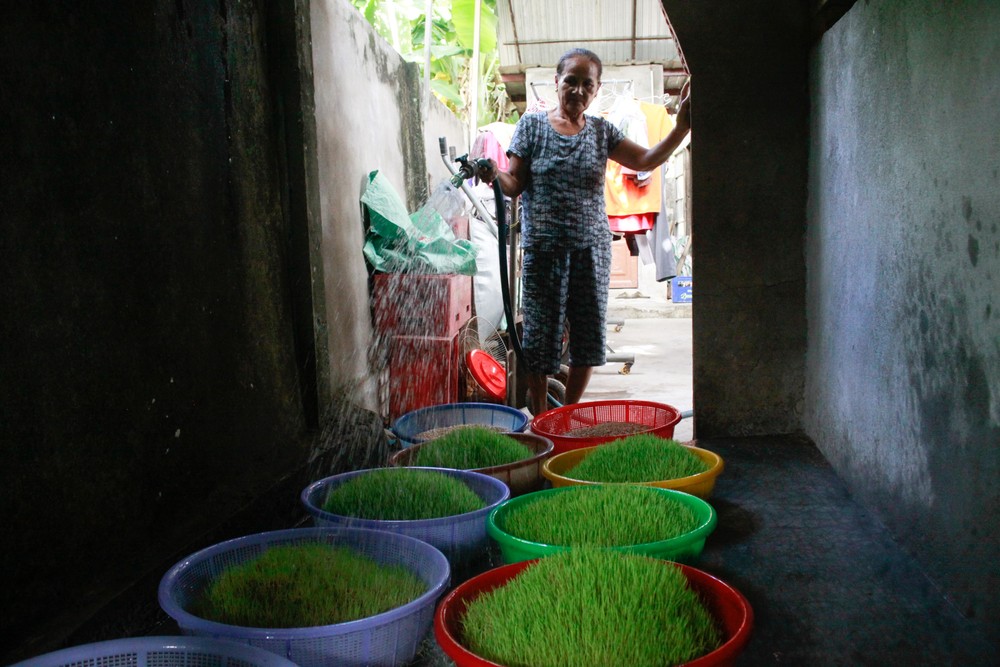
To make malt syrup, rice paddy must be soaked until it sprouts, which is the characteristic that creates the unique flavor of the malt syrup.
Hong shared that the paddy must be fragrant, delicious, and white-grained. First, the rice paddy is soaked in water continuously for one day, then taken out and incubated for another two days until it sprouts. After that, it is incubated for an additional 2-3 days to grow into young shoots.

From the young shoots, Hong dries them for 4-5 days, then grinds them into a fine powder. Next, she selects fragrant and sticky glutinous rice to cook into sticky rice. When the sticky rice is cooked, Hong mixes it with the powdered young shoots, keeps it warm on the stove for seven continuous hours to ferment, then presses it to extract the liquid, and cooks it down to make malt syrup.
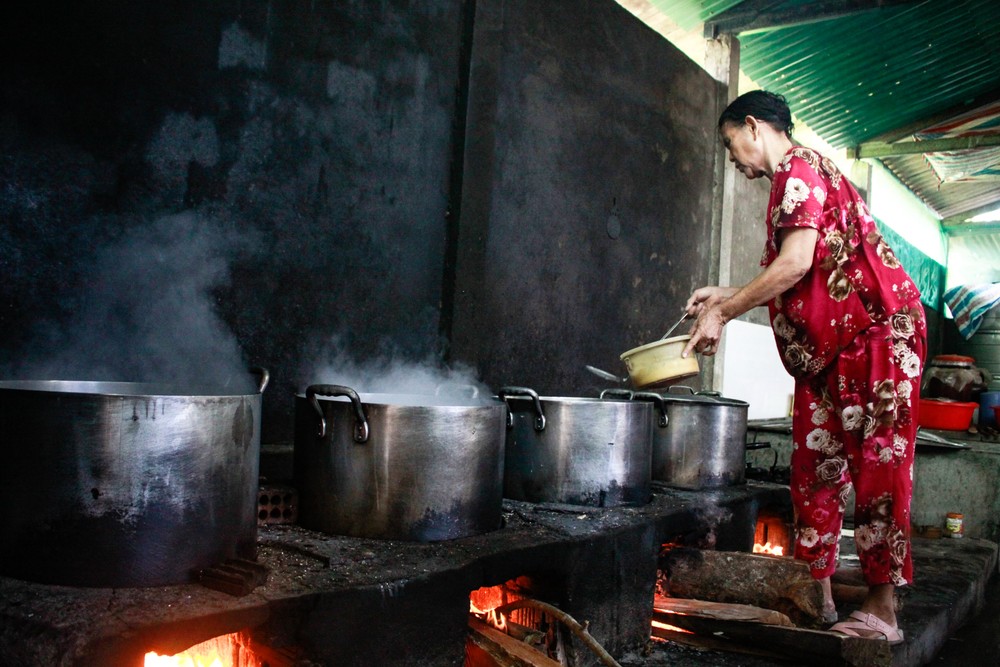
Hong said, “The hardest part is when the malt syrup is thickening; you must continuously stir it to ensure it becomes chewy, and keep the fire going for six hours straight. If you stop stirring, the malt syrup won’t become chewy, and if the fire goes out, the malt syrup won’t be done, and the whole batch must be discarded.”
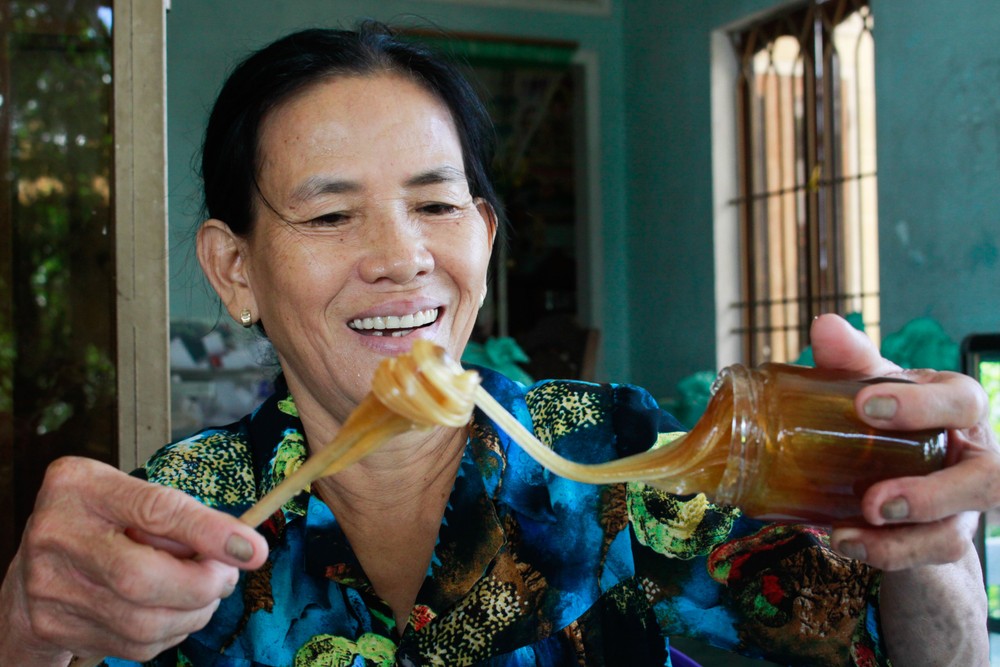
Tran Thi Kim Lien, 65, shared, “The malt syrup-making profession is extremely demanding. Despite the scorching heat at noon, we still stand by the stove to press and cook the malt. My family has been doing this since my great-grandfather's time, through my grandfather, and my parents. I used to make malt syrup at home alone, but it became too much for me to handle, so I started working with my younger sister. The two of us work together, trying to keep the craft alive and make a living.”
Hong added, “Now, my sister and I are keeping the craft alive, and some of my children have gone into business. But no matter what, I hope they will preserve this traditional craft for future generations.”
Malt syrup has become a specialty of Quang Ngai. Those away from home recall the saying, “Glass crystal candy from Thu Xa, malt syrup from Thi Pho,” selecting it as a gift. Malt syrup can be enjoyed with crispy rice paper or used as an alternative to sugar in cooking. It has a mild, sweet taste without being overpowering, a gentle fragrance, and the essence of the countryside.
The malt syrup profession in Quang Ngai has a long-standing history. The Quang Ngai Chorography also documents that from 1930 to 1935, Quang Ngai malt syrup was exhibited at fairs in Hue and Hanoi, gaining recognition as an excellent artisanal product.
Today, malt syrup products from Mo Duc District (Quang Ngai) are certified as OCOP products. While many families in the malt syrup industry have adopted machinery to ease manual labor, some households continue to use wood-fired stoves for cooking, preserving the distinct flavor of malt syrup.
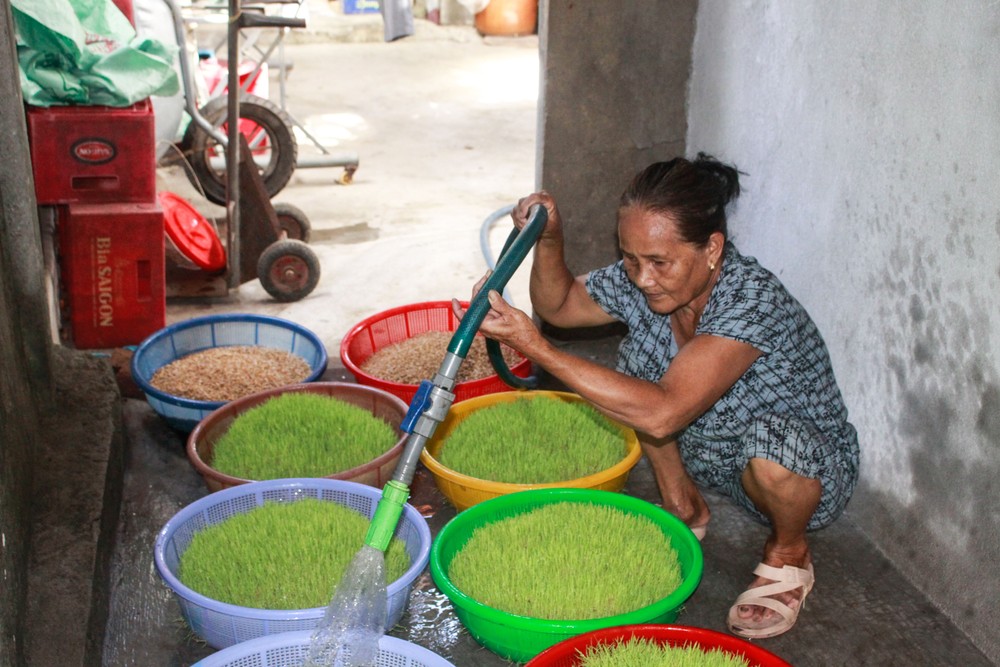
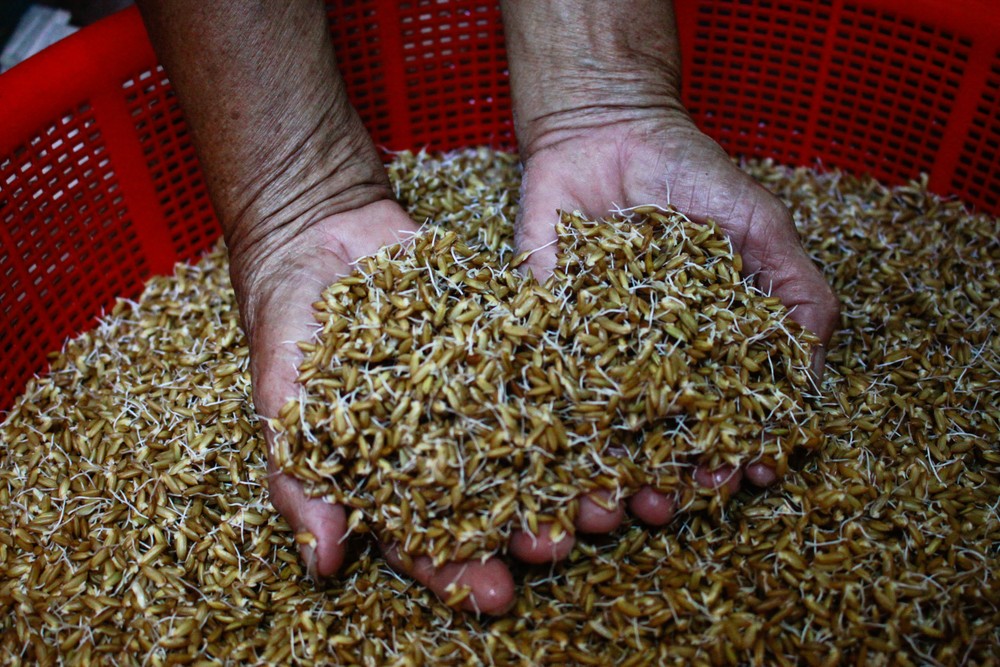
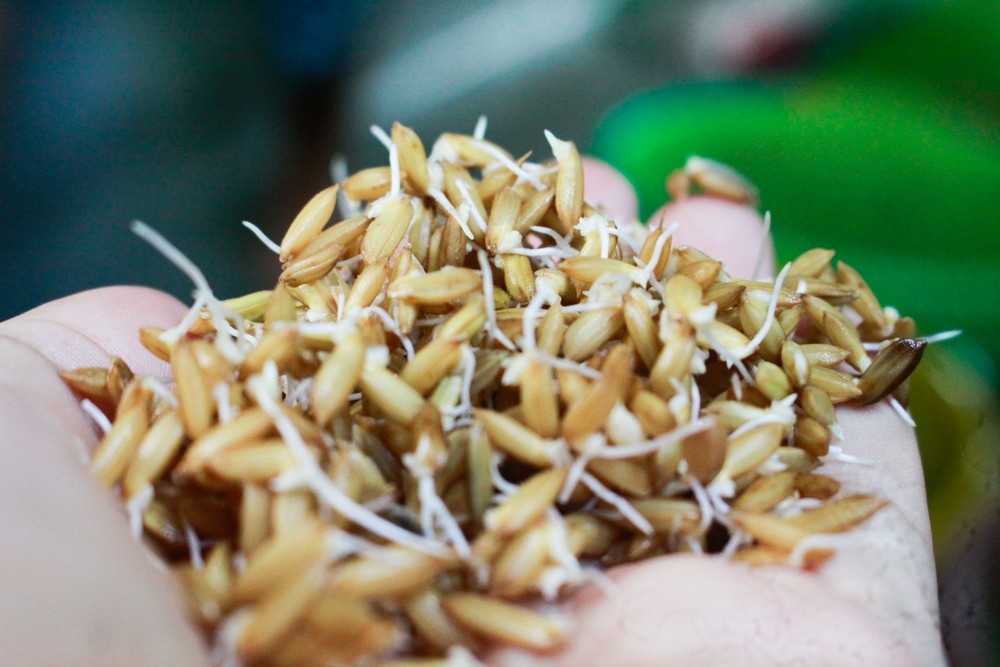
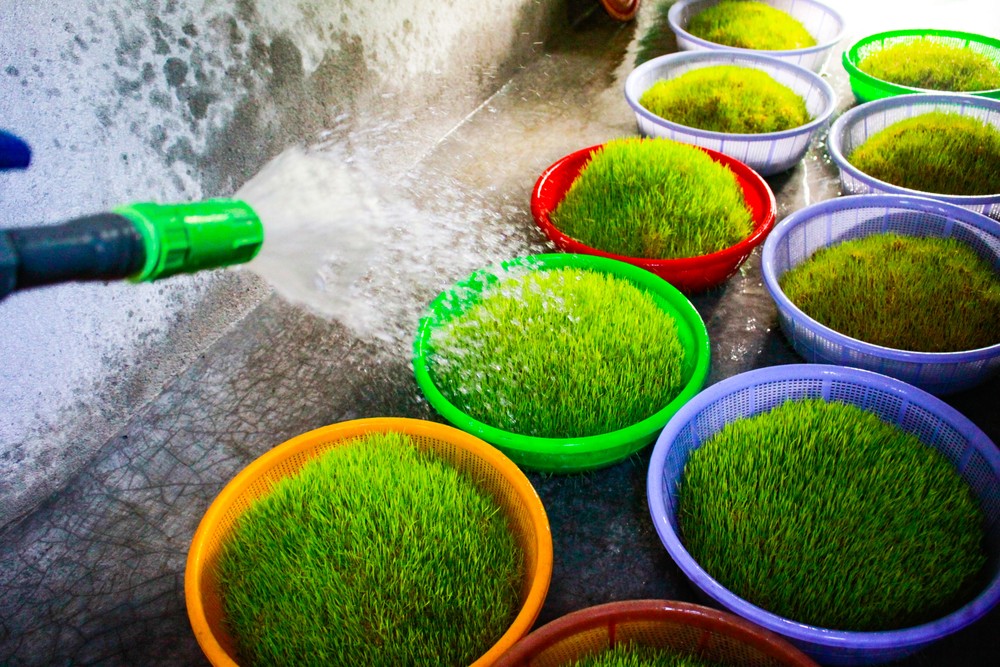
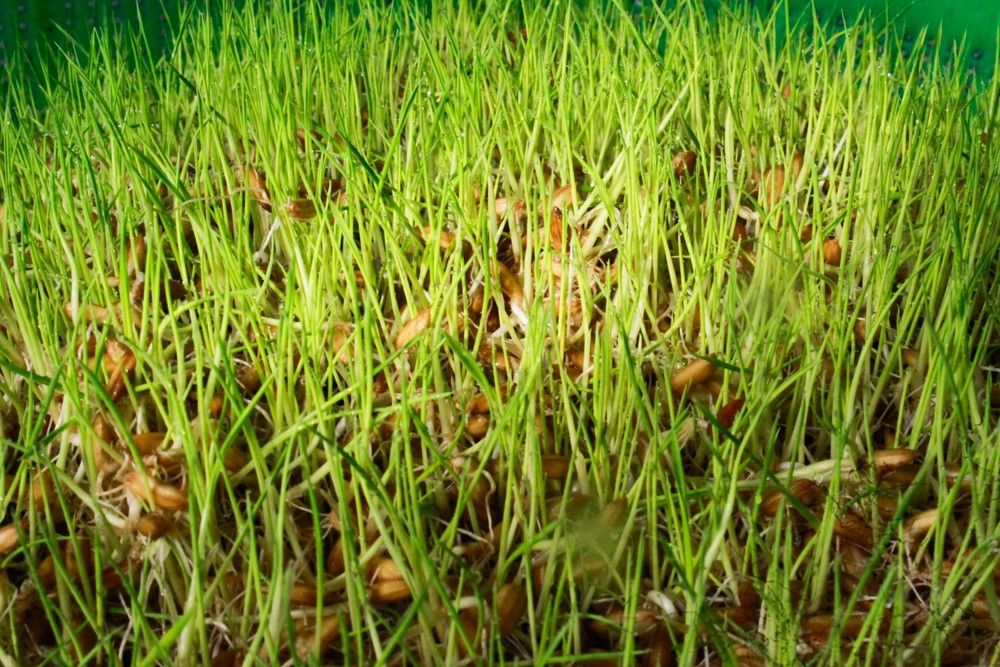

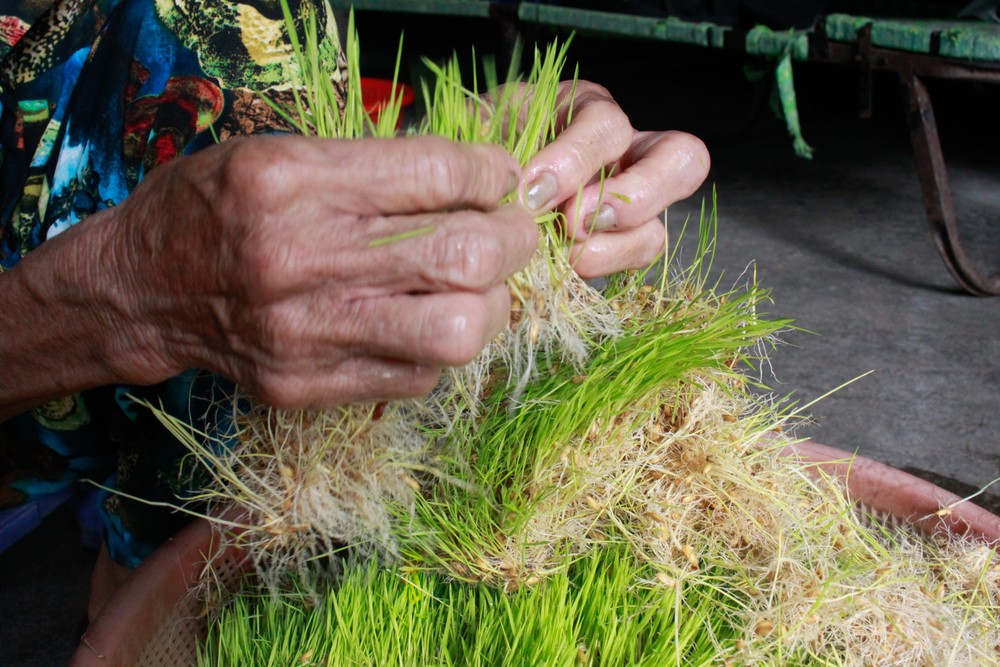
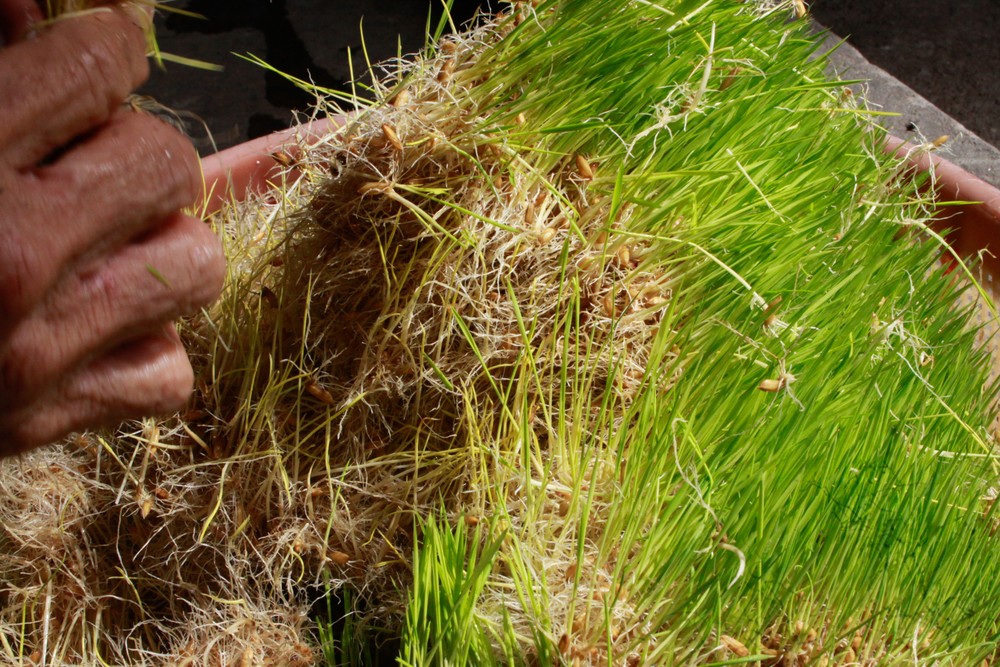
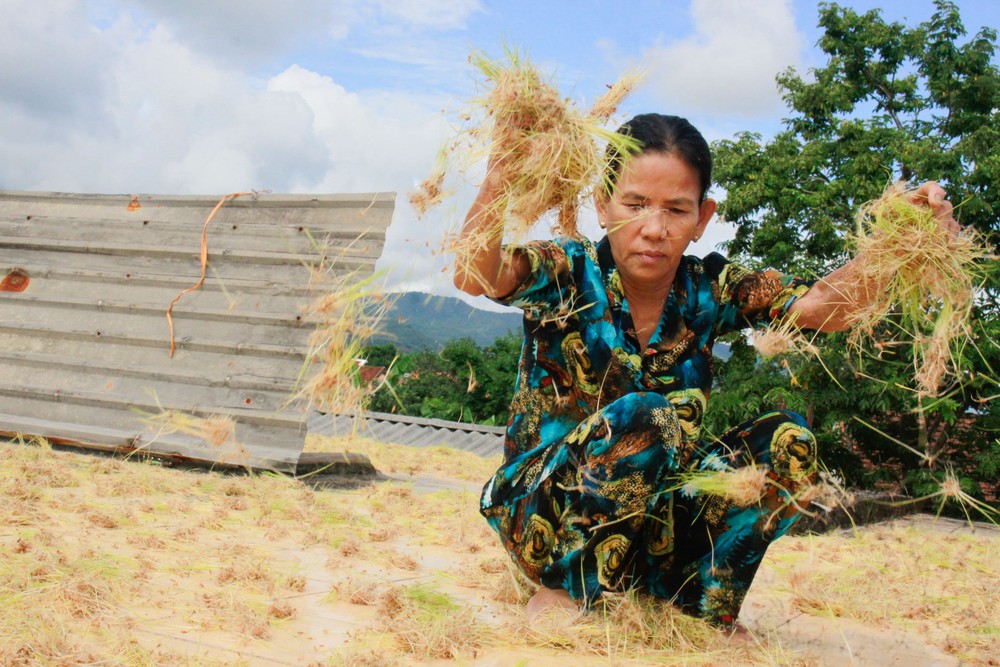
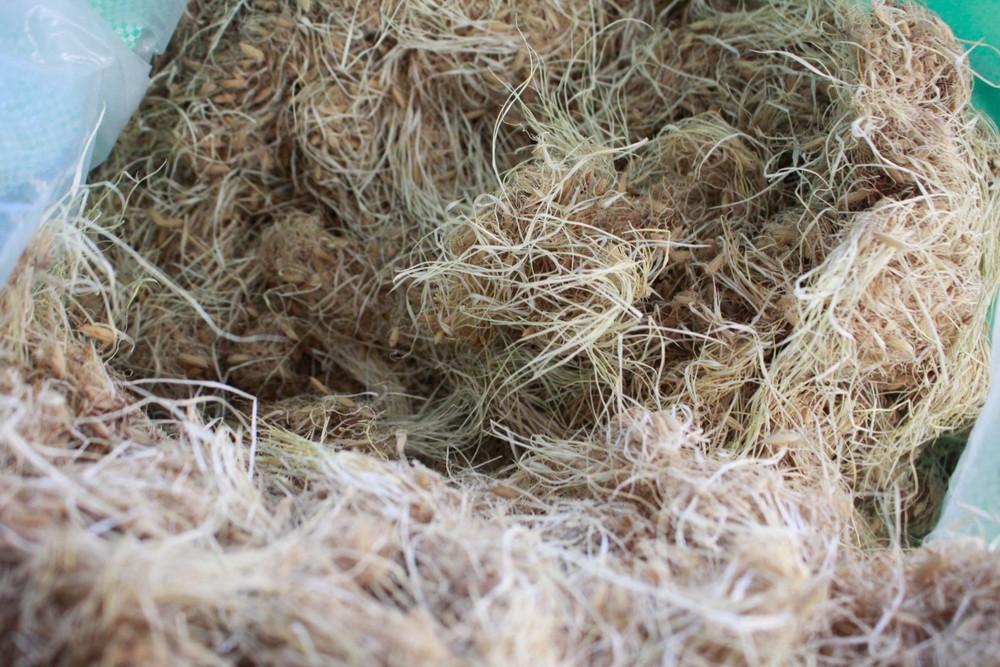
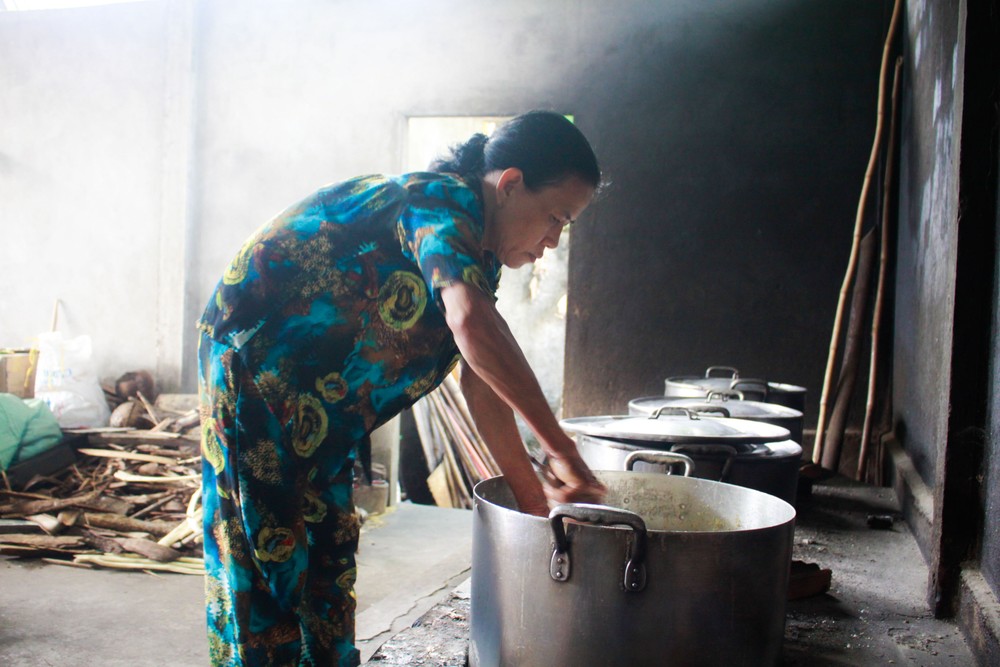
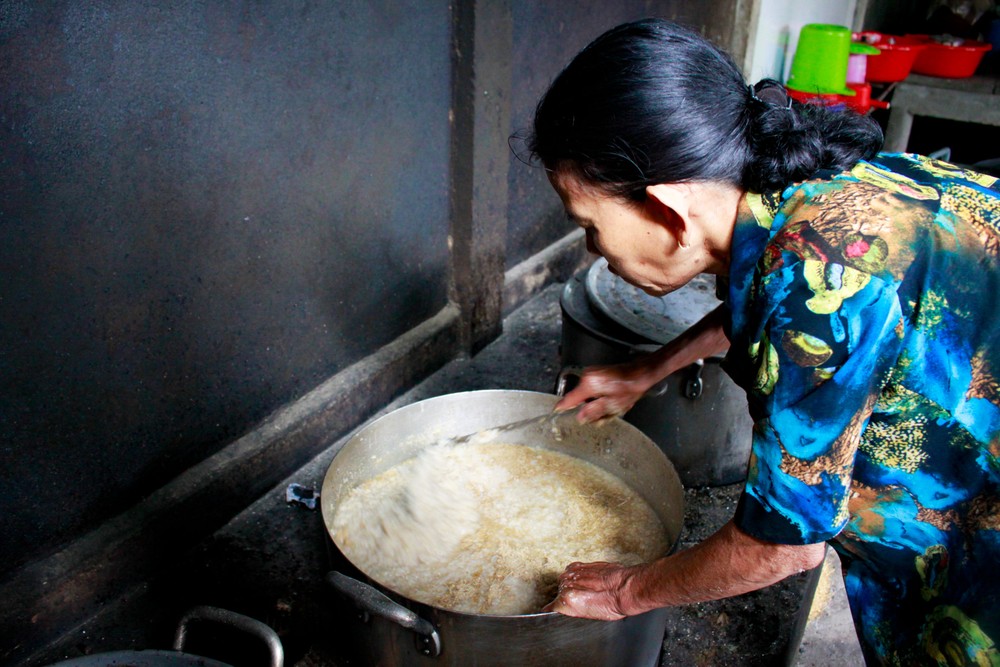
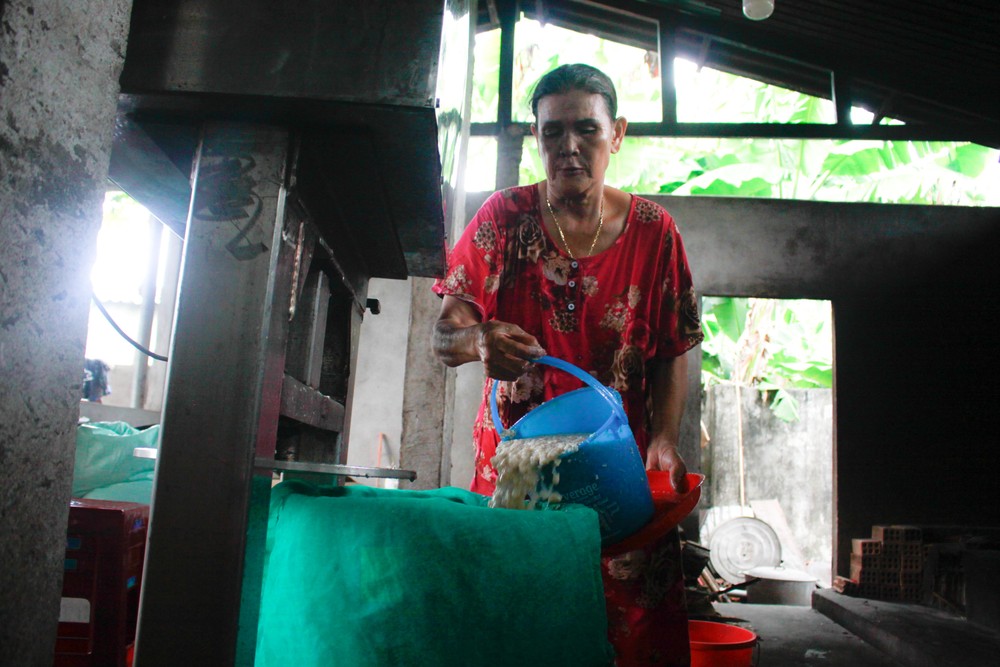
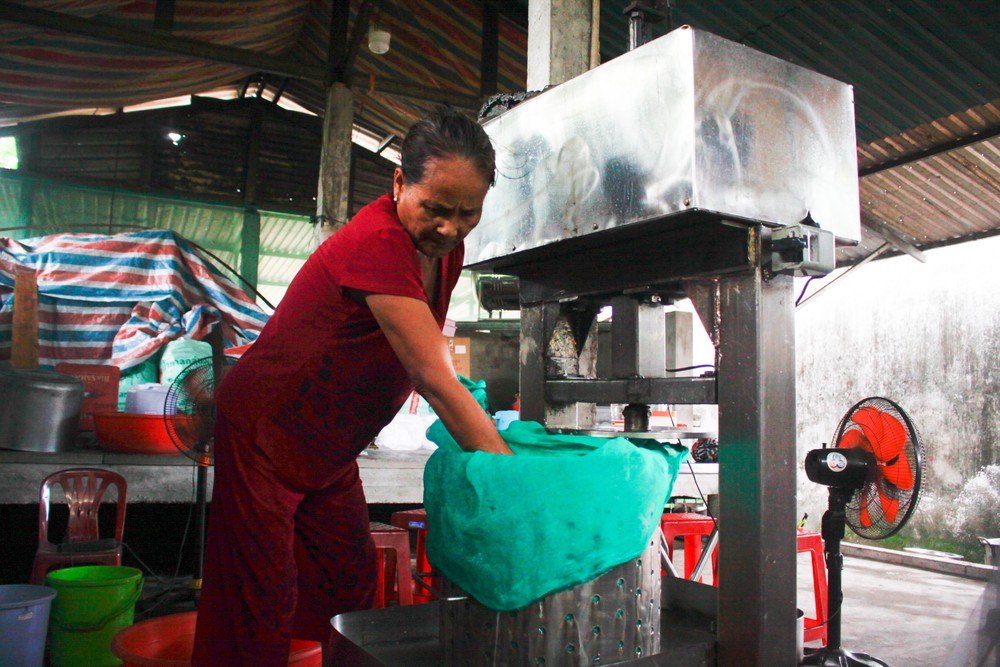
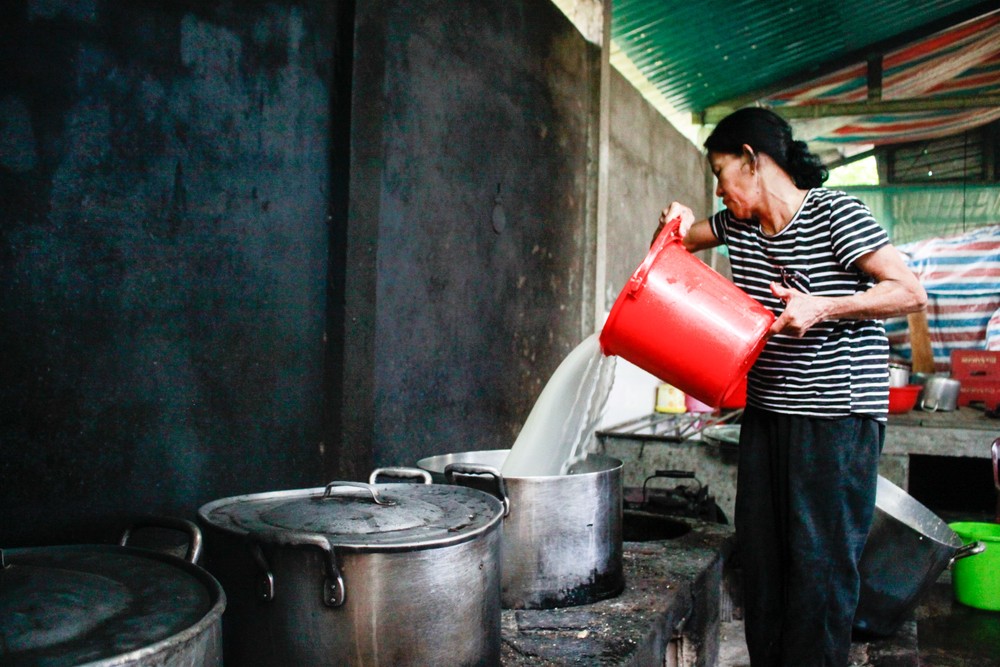
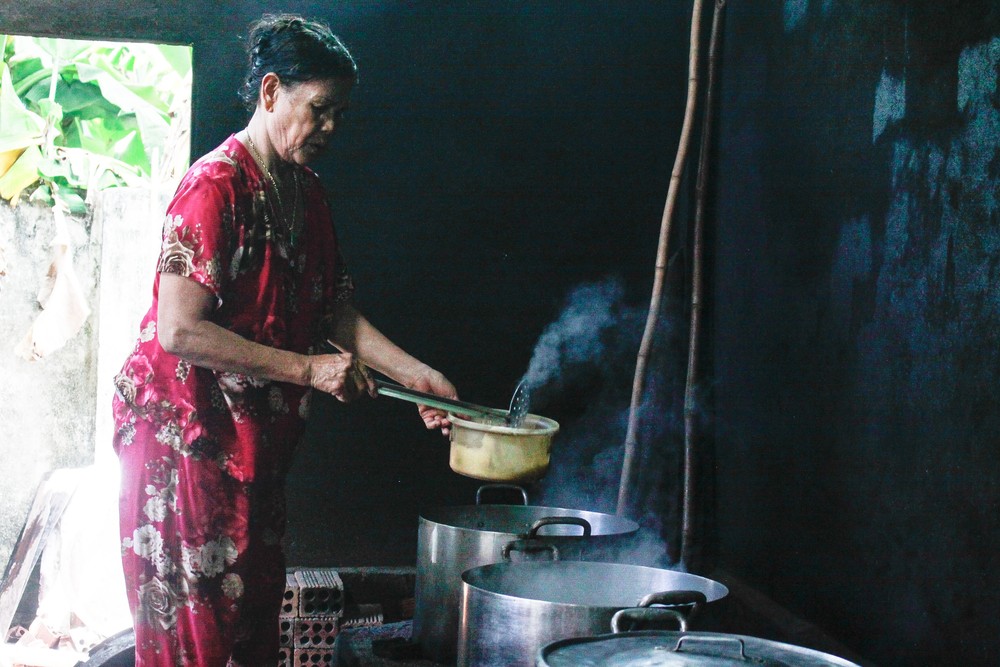
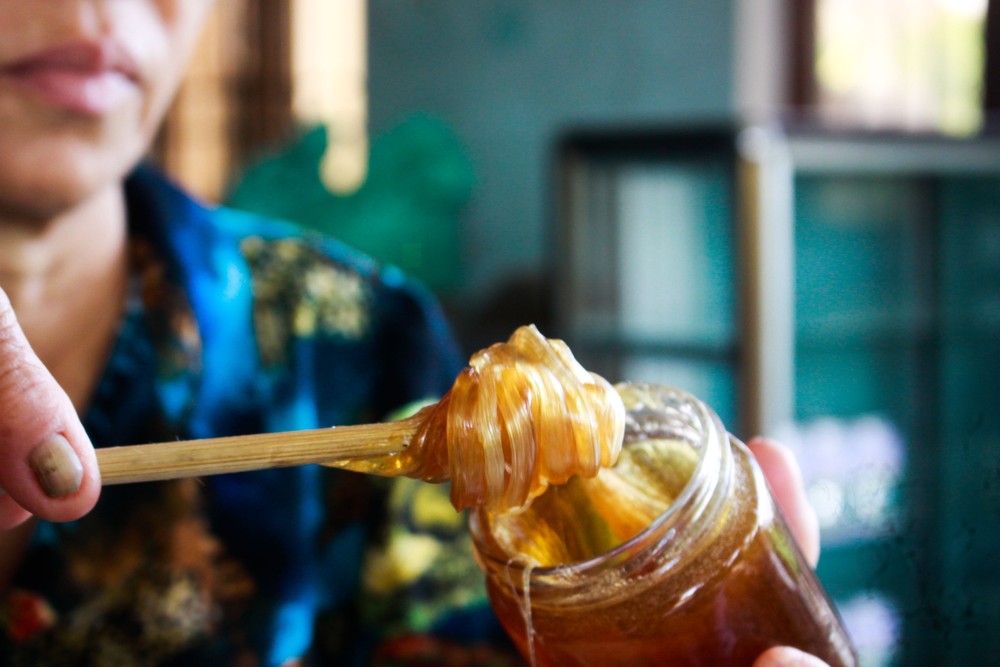
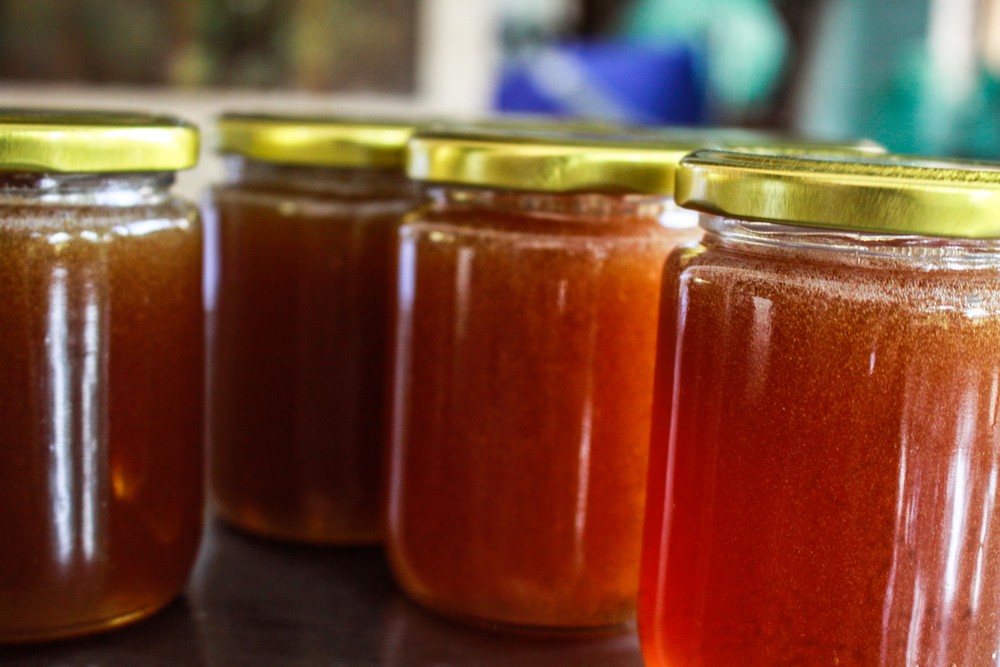
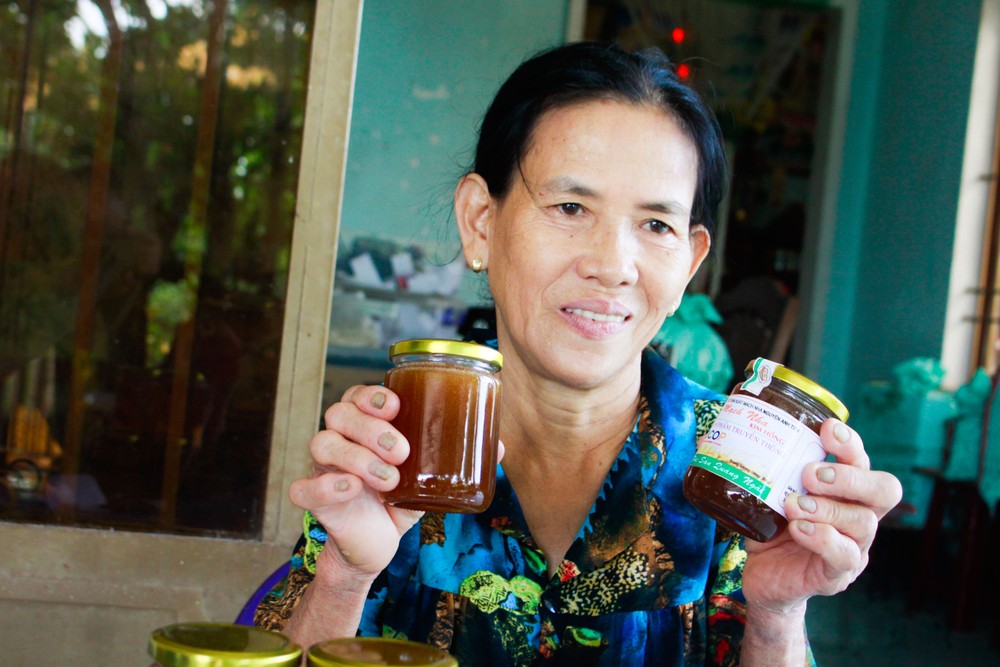

)
